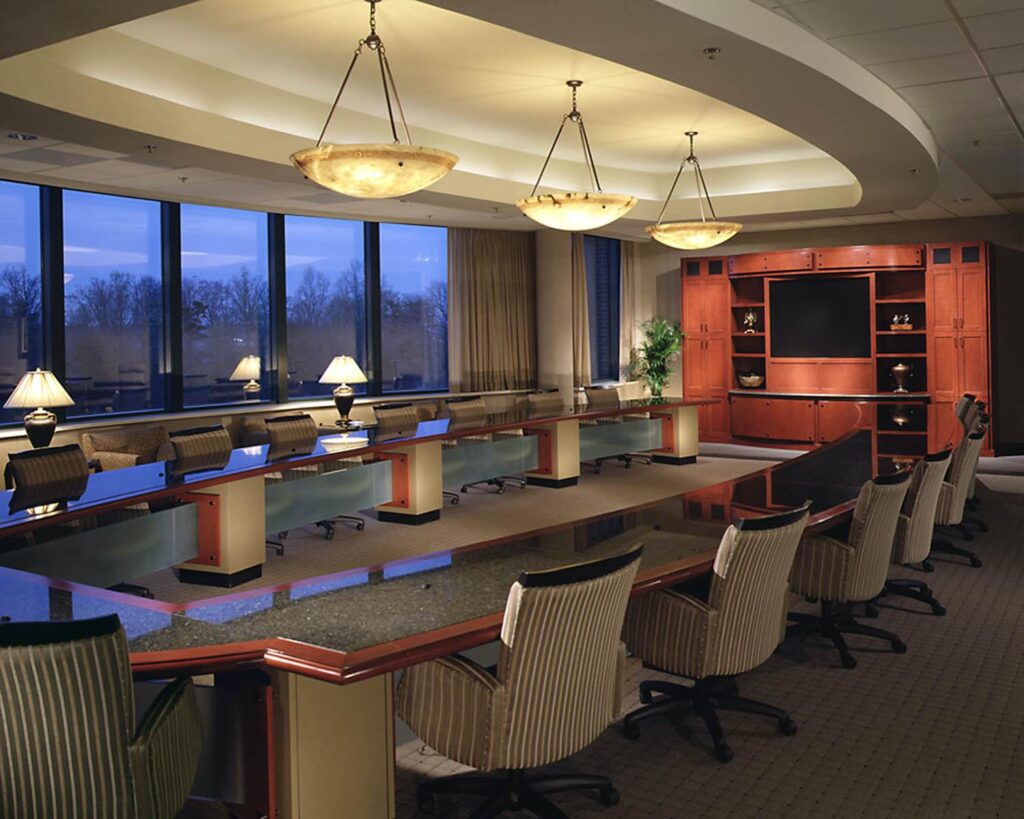Setting the right price for your multi-purpose room can make the difference between a fully booked calendar and an empty space. Whether you’re renting it for corporate meetings, workshops, social events, or private training sessions, your pricing strategy should reflect both the value of your space and the needs of your local market. Here’s a breakdown of what to consider when deciding how to price your multi-purpose room.
Understand Your Space and What It Offers
Start by taking a close look at what you’re actually offering. Is your space large enough for seminars and community events, or is it better suited for smaller group activities like training or yoga?
Key questions to ask:
- What is the total square footage of the room?
- How many people can it accommodate comfortably?
- Is the space accessible and easy to find?
- Is parking available?
If your space includes amenities like Wi-Fi, projectors, sound systems, or whiteboards, those should factor into the pricing as added value.

Compare Local Competitor Pricing
Check what other venues in your area are charging. Search for meeting room rentals, training rooms, and event spaces in your city and make a list of rates. Pay attention to:
- Hourly rates vs full-day rates
- What’s included in those rates (tech equipment, staff support, etc.)
- Discounted packages for recurring bookings
Position your pricing to remain competitive while offering clear value. You don’t need to undercut everyone. Just show why your space is worth the rate.
Offer Different Pricing Tiers
Not every customer has the same needs. Tiered pricing gives clients options and helps you reach a broader audience. For example:
- Basic Package: Room only, for short use (1–2 hours)
- Standard Package: Room + chairs + tables + Wi-Fi
- Premium Package: Includes A/V equipment, setup, and cleaning
Offering these options lets clients choose based on their budget and helps you increase overall booking potential.
Consider the Timing of Bookings
Rates may vary depending on when the space is needed. You can use dynamic pricing based on:
- Weekdays vs weekends
- Daytime vs evening hours
- Seasonal demand such as graduation or holidays
If your space typically sits empty on certain days, offer lower rates during those times to attract interest.
Factor in Additional Services
Many renters are willing to pay more for convenience. If you offer add-ons like:
- Setup and teardown
- Catering partnerships
- Extra equipment
- Staff support
You can build these into premium packages or list them as optional fees. Be transparent about pricing for extras and make sure it’s clear in your booking process.
Set Clear Policies to Avoid Confusion
Transparent terms help prevent misunderstandings and keep your business running smoothly. Make sure to:
- Require a deposit for all bookings
- Outline cancellation or rescheduling policies
- List cleaning or overtime fees up front
Clarity builds trust and helps clients feel confident in working with you.
Test, Adjust, and Get Feedback
Once your pricing is live, pay attention to how the market responds. Are clients booking quickly? Are you receiving price objections? Track:
- How many inquiries turn into bookings
- Which packages are most popular
- Any comments from clients about the rates
You can always adjust your pricing to reflect feedback or demand. Test promotions occasionally to see what works best.
Conclusion
Pricing your multi-purpose room is not just about guessing a number. It’s a strategy that balances what your space is worth with what your clients are willing to pay. By offering flexible options, researching your market, and including valuable amenities, you can create a pricing structure that keeps your room booked and your business growing.
